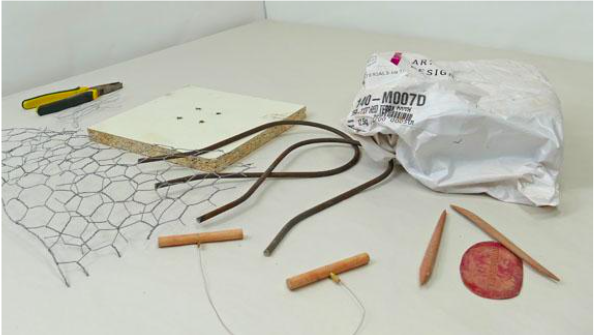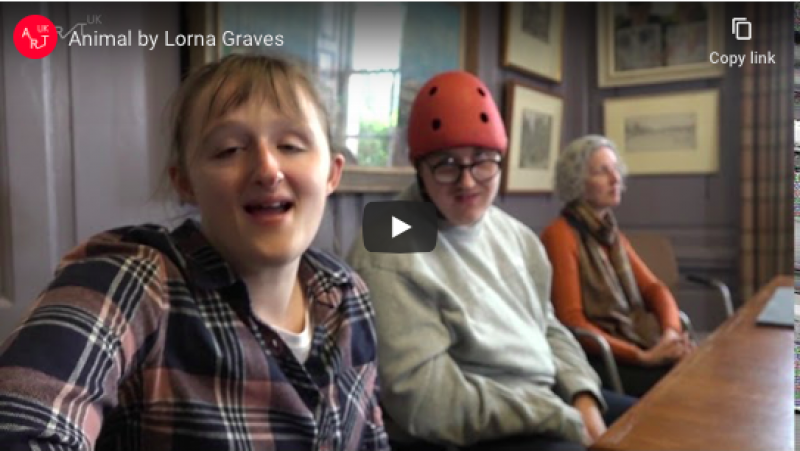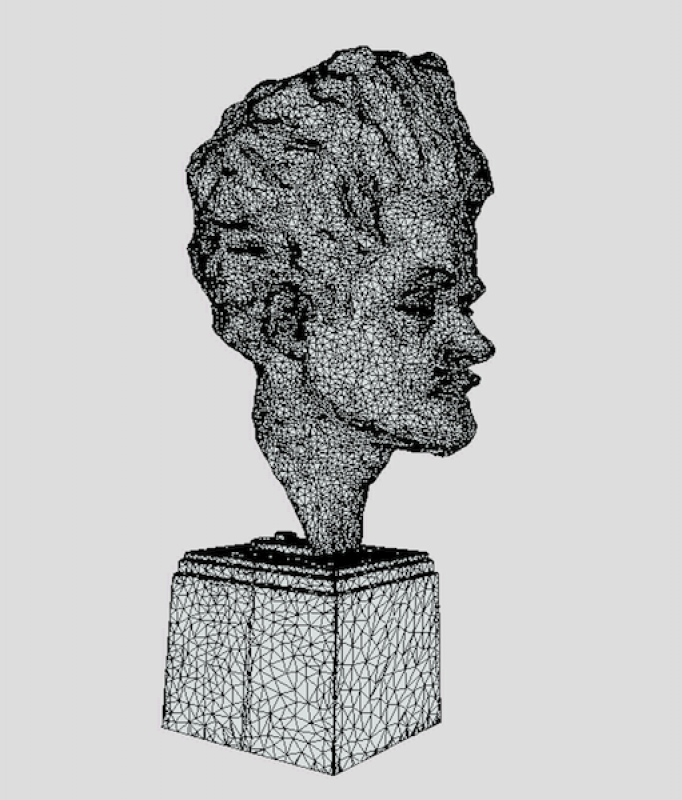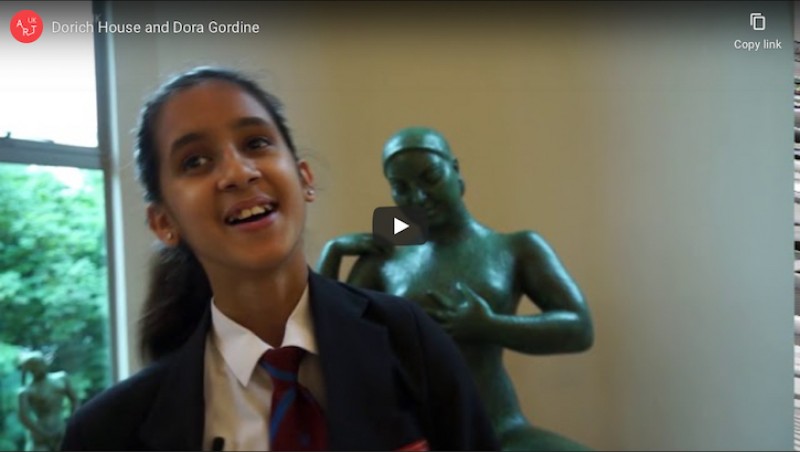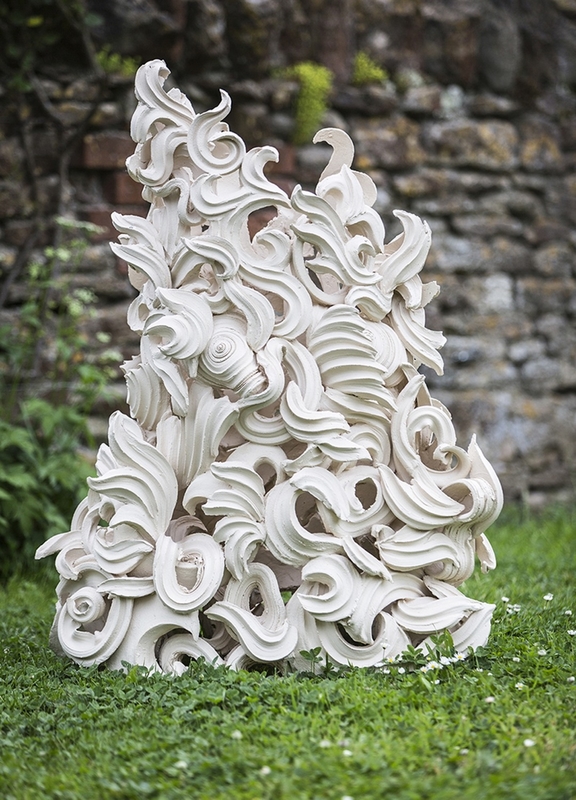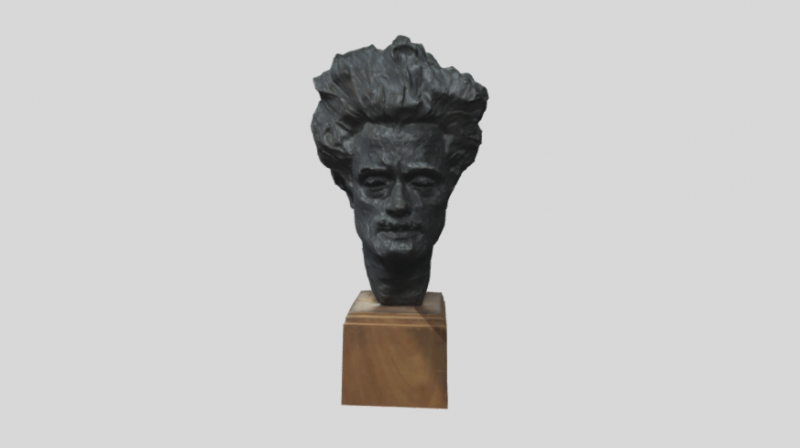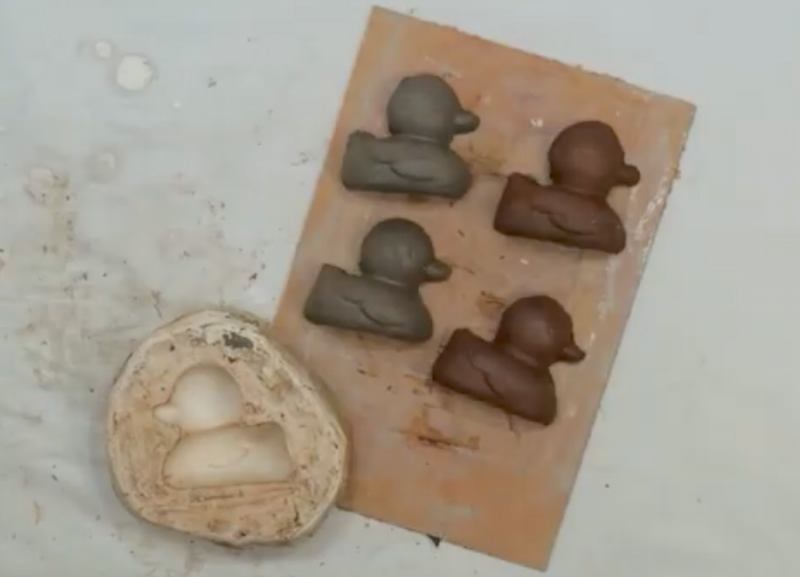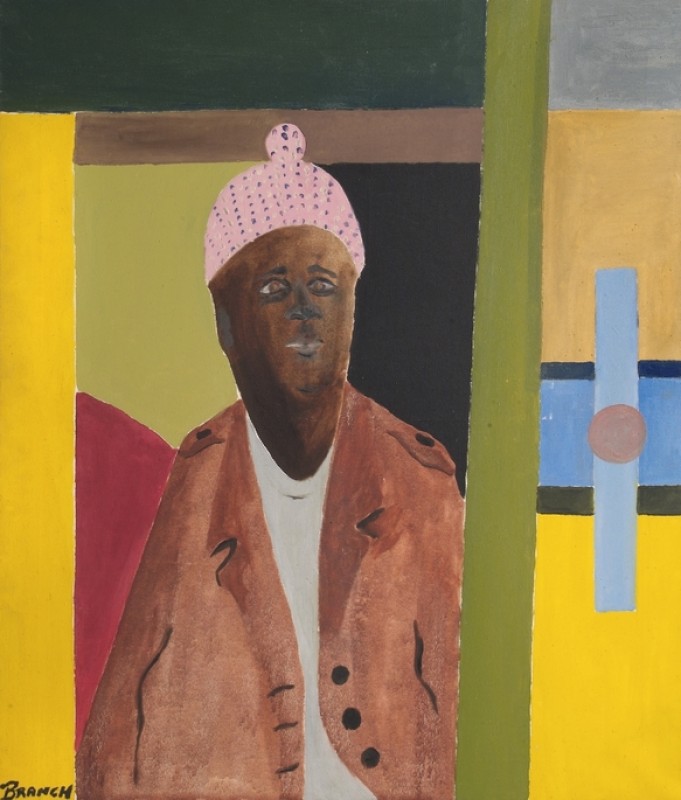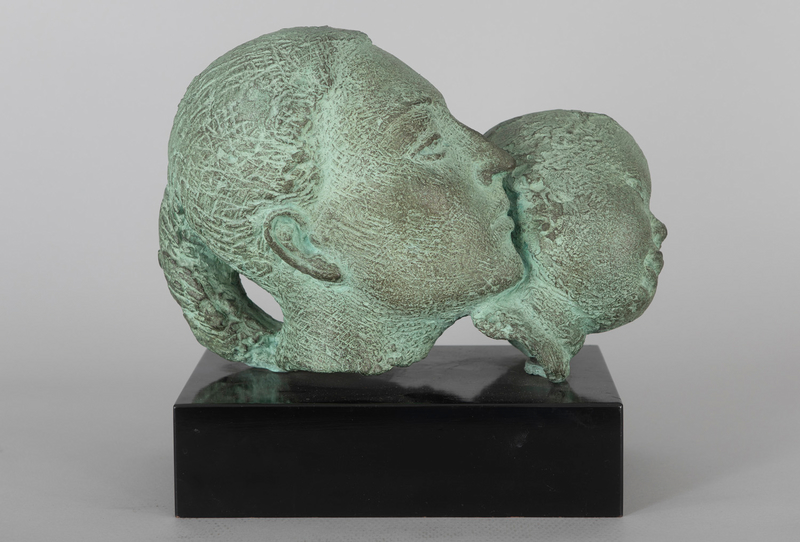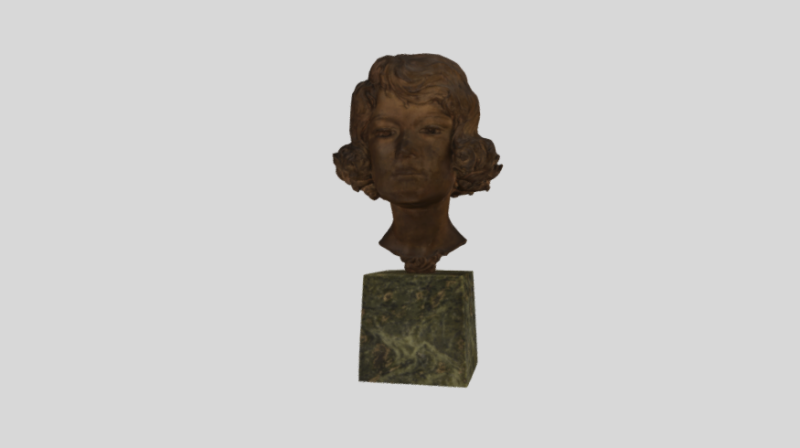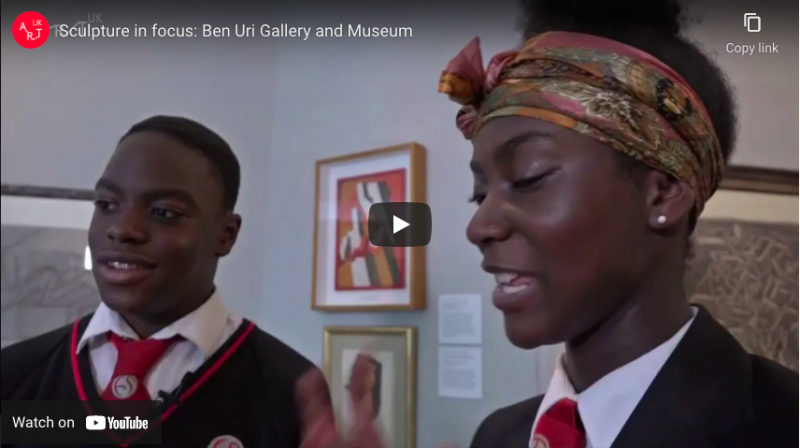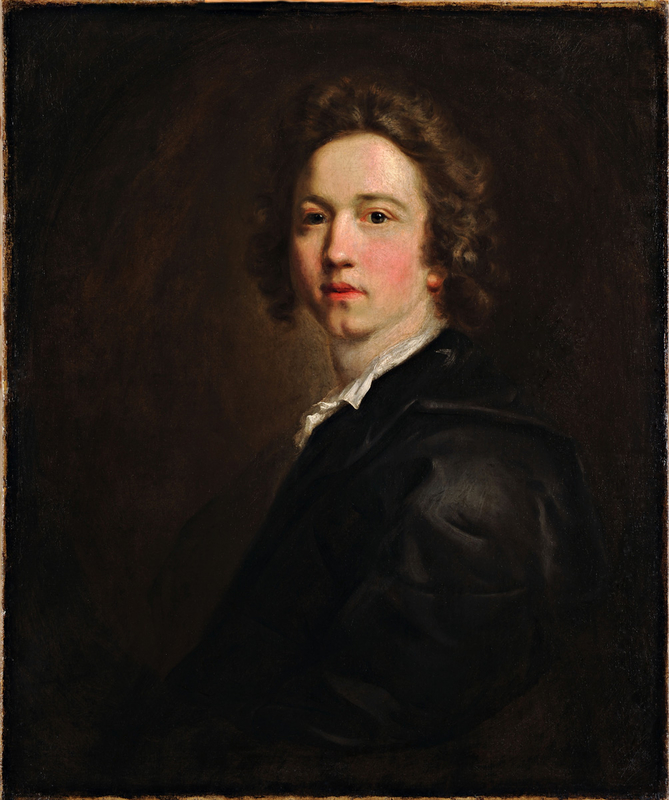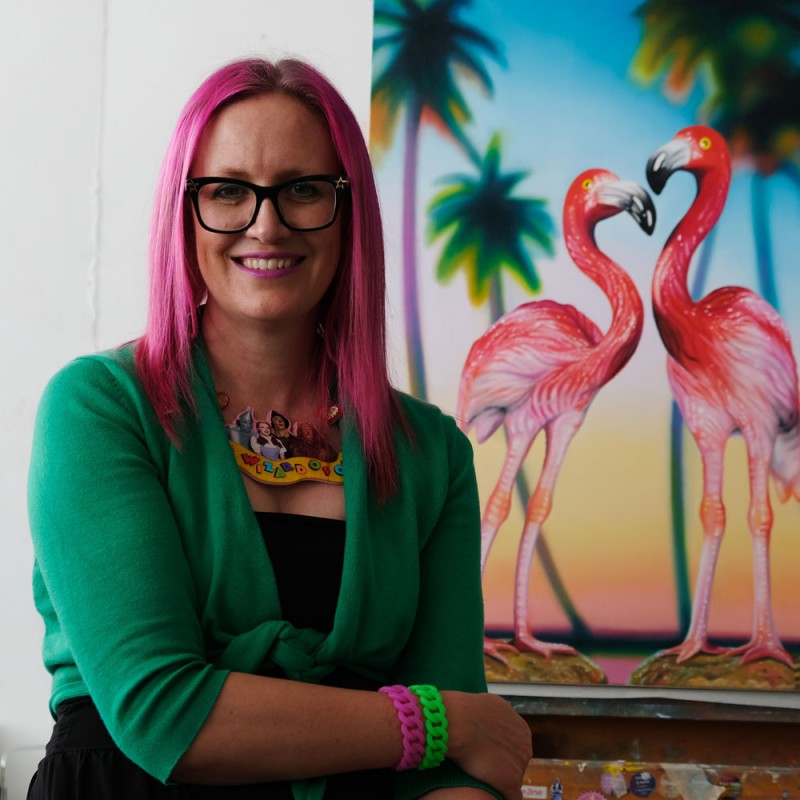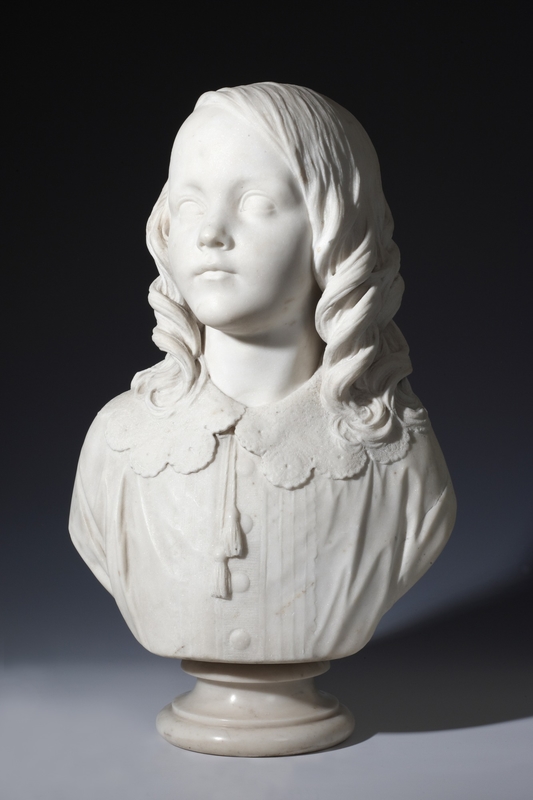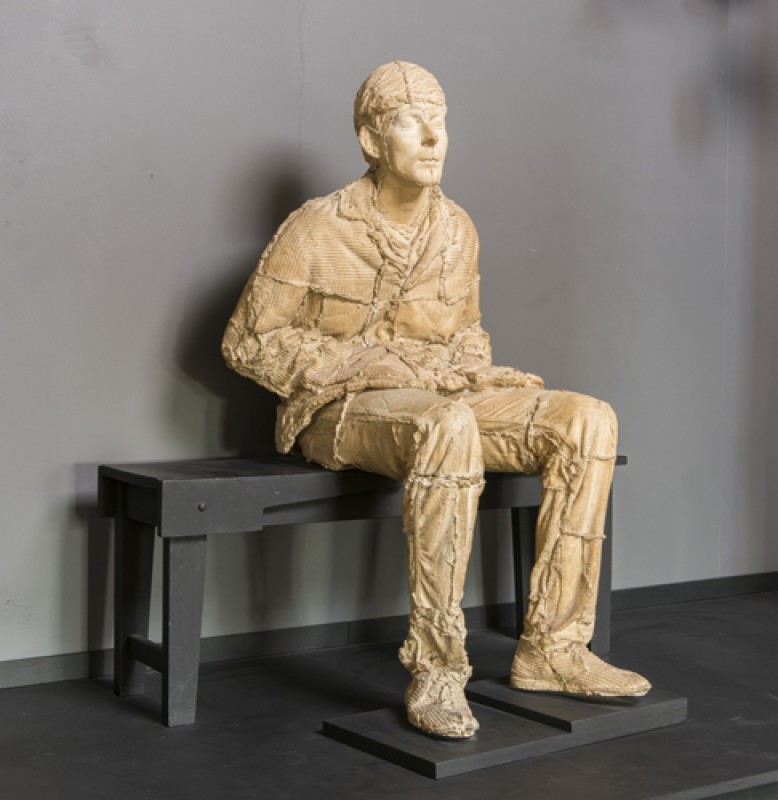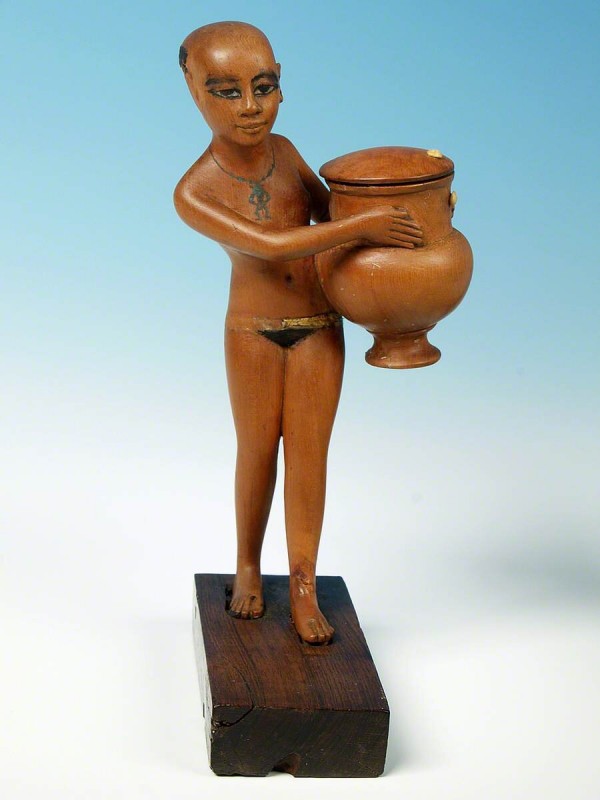Sculpting in clay
This activity sets out how to sculpt a clay head using an armature. An armature is a framework beneath the clay surface. Its structure supports the soft clay and reduces the amount of clay needed, making the sculpture lighter and easier to work with.
Sculptors have used clay for centuries. It can be used to make models for larger pieces, for moulds of works to be cast in metal, or as sculpture in its own right. Below are just a few examples of heads sculpted from clay. You can explore more clay sculpture on Art UK.
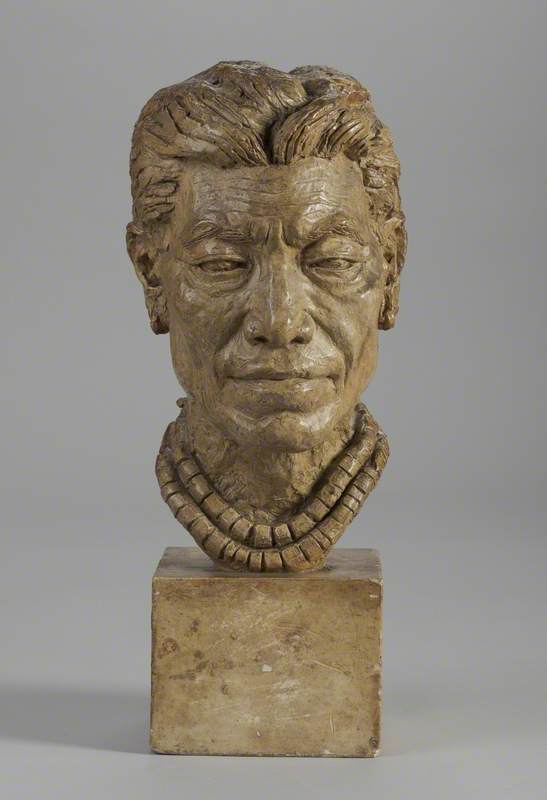
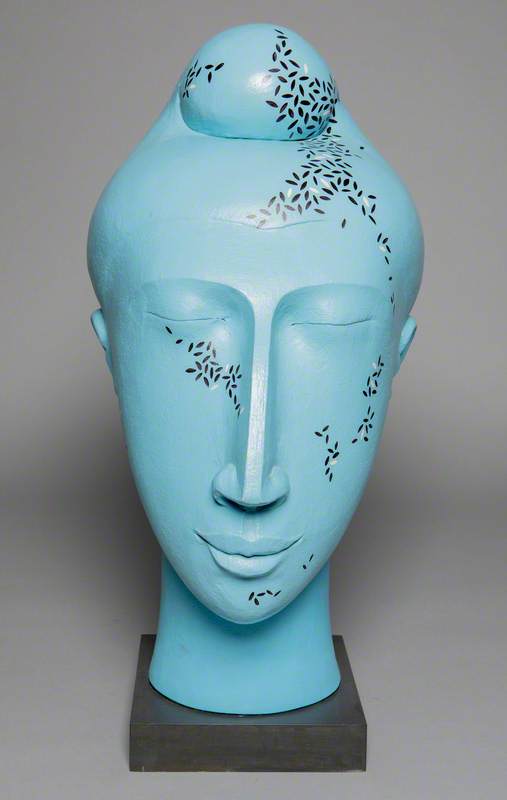
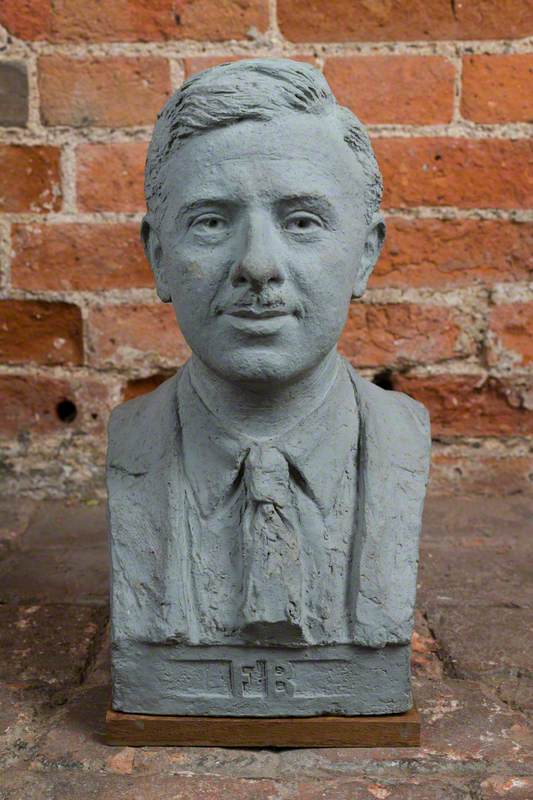

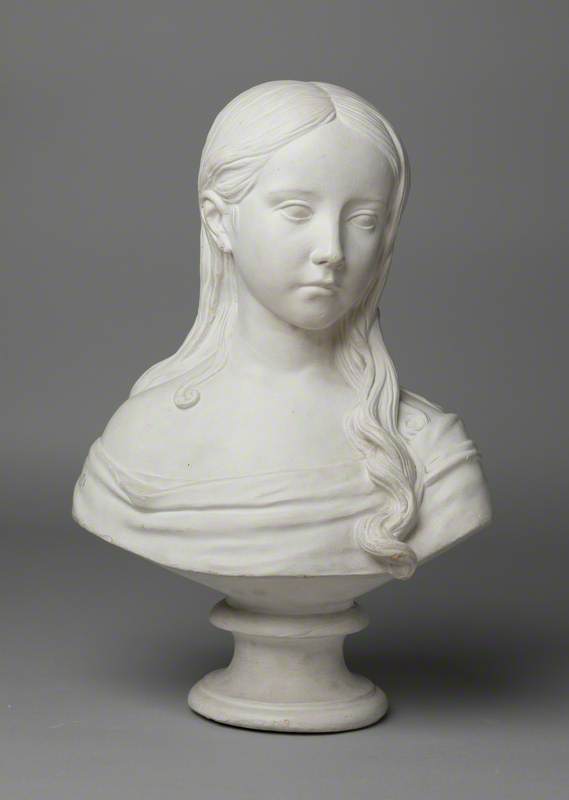
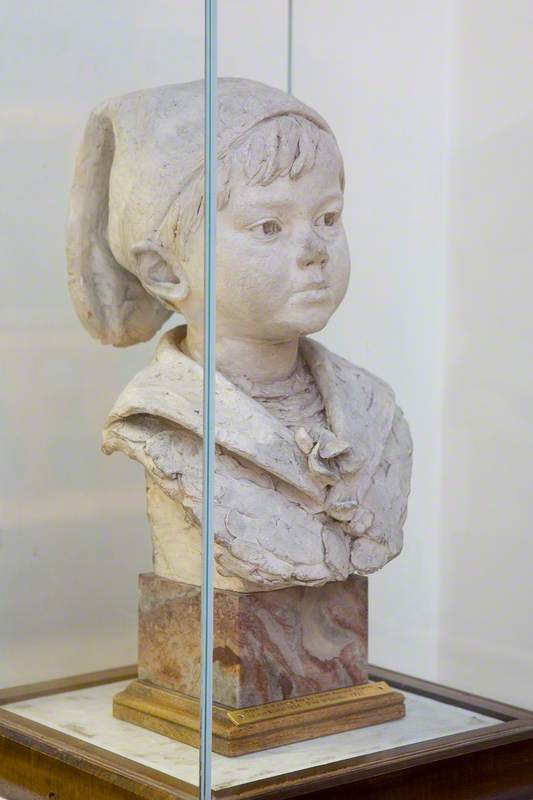
Choose a subject
Before they begin sculpting, ask your students to choose someone they would like to model in clay. They may wish to model another student, or they can research images of a person to use as a guide in preparation for the making task. If they are in need of some inspiration, encourage them to search through Art UK for paintings or photographs of people.
